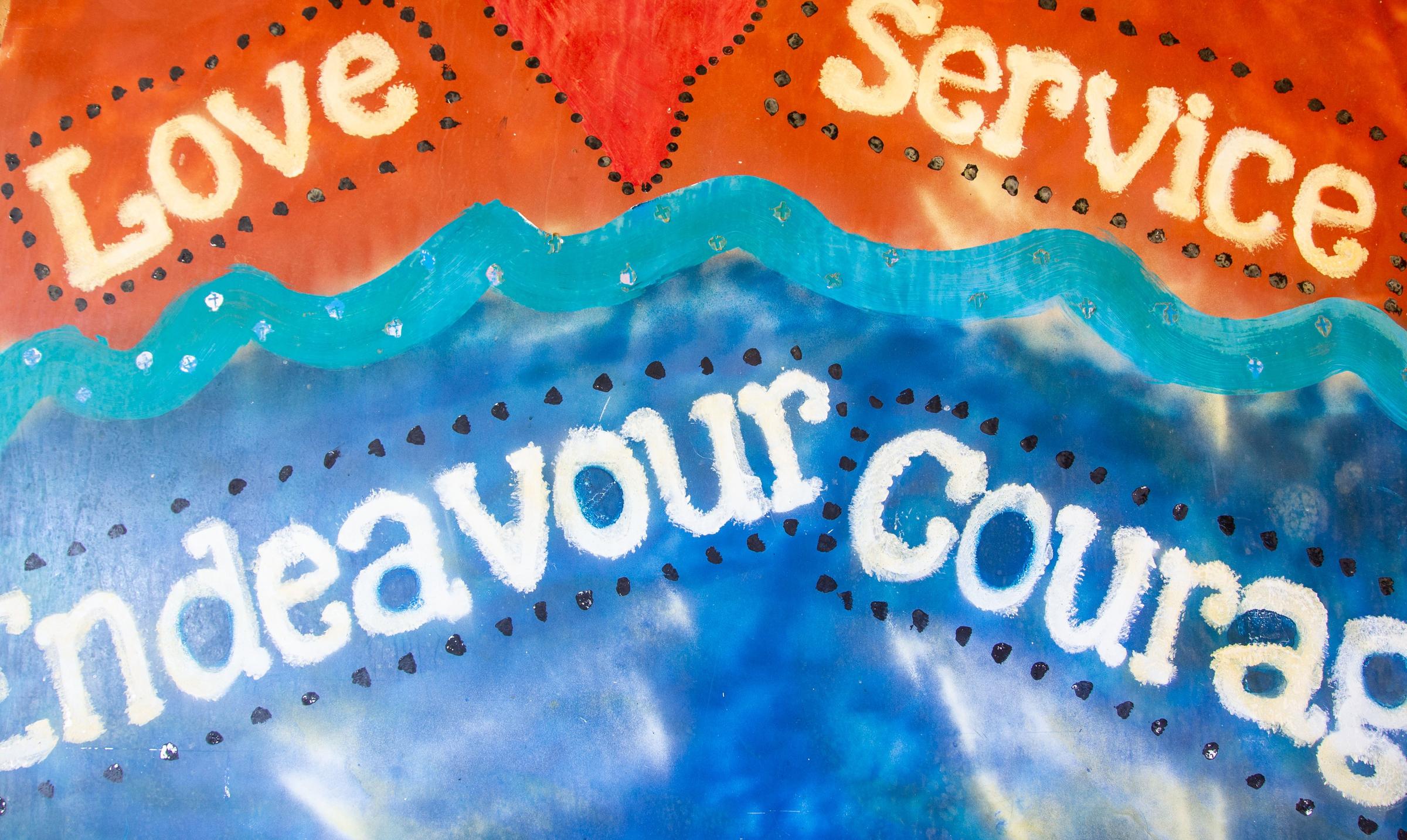From the Principal
Lisa Goldsworthy

From the Principal
Lisa Goldsworthy
Werte
Since attending Lisa Burman’s presentation as a staff a few weeks ago I have been drawn to further reading around creating a “Culture of Curiosity”. Lisa stated, “Children who live in a compliant culture forget that their ideas are thinking”. She continued with “We need to make sure school is worthy of children’s time, effort and thought- the reverse leaves little room for creativity”. Her comment that our role is to de institutionalise school re affirmed the work we have been doing in the last 2 years. So, does curiosity and student agency mean there is no direct teaching?
One of the other researchers who have shaped our thinking in this space is Katie Novak and her work on Universal Design for Learning or UDL. Continuing parents may remember a few articles from last year's newsletters about UDL. Katie talks about student choice and voice but measures this approach by saying sometimes there are things you just need to know so today that is the focus for our learning. We believe in explicitly teaching using the Science of Reading, Synthetic Phonics- Jolly Phonics, building vocabulary and exposing students to concepts and ideas that will empower them and encourage them to be curious. Below is an article from Tom Barrett an educator and an education change maker, he has this to say about curiosity:
Curiosity Boosts Memory
In a study published in 2014, researchers discovered a connection between memory and curiosity levels. Here are some of the key findings from the investigation by the University of California at Davis:
Point number two helps me get a handle on the characteristic of being open-minded. We can remember more of our experiences when we are curious.
A little test you can do for this is to try and remember extraneous information connected to an enjoyable learning experience.
Risk and Reward
When faced with something new, our brain weighs the risks and rewards before deciding whether to engage.
This happens when you are scrolling and decide to open an article or photo. You made a similar micro-calculation when you saw the subject of this email. Is this worth my time?
Curiosity, the restless feeling of wanting to know more, tips the scales in favour of exploration.
The regions deep in your brain responsible for processing rewards and motivation are active when you become curious. The nucleus accumbens, the bilateral caudate nucleus, and the ventral tegmental area all fire up when we want to know more.
When we're curious, our brain has decided the potential rewards outweigh the risks. And this instinctive risk/reward calculation drives us to explore the physical and mental world around us.
Designing provocations for learning is a great way to heighten curiosity, so your students don't scroll by!
Curiosity Powers Our Motivation to Learn
When was the last time you discovered something new in a favourite topic? Experiences which challenge our knowledge increase curiosity and cause us to explore for longer.
Here's a recent example I experienced.
Most of our understanding of effective teaching has shifted since I was a primary teacher. I am curious about this tweet about Adaptive Teaching vs Differentiation, which presents the following statement:
Having lower expectations for some groups, particularly by setting them different work, will result in pupils having different knowledge and worsens gaps.
Challenged? ✅
Curious? ✅
Motivated to find out more? ✅
All new learning challenges the schemas we use to organise knowledge and understanding. A study by researchers Bonawitz, Schijndel, Friel, and Schulz found children are more likely to remain curious in this challenged state.
An unpublished Duke University study also showed heightened curiosity, increased patience and made people more willing to wait to discover a solution. In contrast, less curious people were more impatient and wanted to jump straight to the answers.
More curiosity has the power to motivate us for longer and increase our patience for discovery.
Perhaps this patient curiosity creates the ideal conditions for more questions and deeper learning.
Stay tuned to next week's newsletter to read how our Inquiry Cycle focuses on curiosity.
Mrs Lisa Goldsworthy